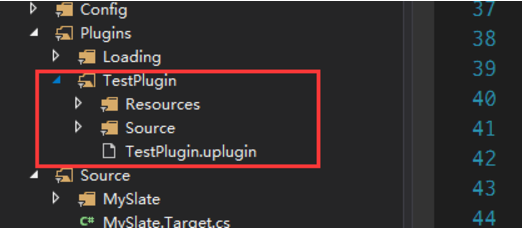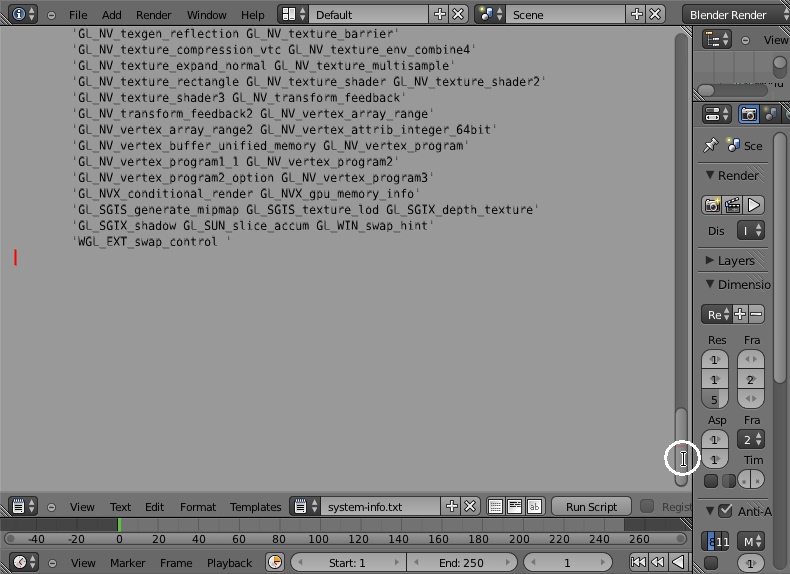

- #System path for 010 editor windows 10#
- #System path for 010 editor windows 8#
If your PATH variable is too long, then the best method would be to edit the registry.įor user environment variables, change the key HKEY_CURRENT_USER\Environment. Set environment variable by Registry edit WARNING: The data being saved is truncated to 1024 characters. So if your variable is long and you try to append to it with setx, you may get a truncated result.
The maximum value allowed for a enviroment variable is 1024 characters. Start the command prompt as administrator on Windows 10, right click on Start menu and select Command Prompt(Admin). If you want to set the system variable (Under HKEY_LOCAL_MACHINE registry key), use the flag /m. By default setx sets the variable in the local environment (Under HKEY_Current_User Registry key). Re: Structure for path. If you want to set it for current as well as future sessions, use both setx and set.įor example, you can set the PATH environment variable permanently (current and future sessions) as below: 
The setx command sets it permanently, but not for the current session. The set command only sets the environment variable for the current session. You can set environment variables from Windows Command Prompt using the set or setx command. Set environment variables from command prompt Ref: Using System File Checker in Windows 10. (Take note of the space before the '/' ) 4-Restart the computer.

3-In Command prompt, type sfc /scannow and press enter. 2-Select Command prompt (Admin) to bring up elevated Command prompt.
Edit environment variables for your account.Ĭhoose either option and you can add, edit or delete environment variables like PATH. Kindly follow the steps below: 1-Press Windows key+ X. Type environment variables in Windows Search box which gives you two options in search results: #System path for 010 editor windows 10#
However, in Windows 10 you can directly get to the Environment Variables window using Search the web and Windows box next to the Start menu.
Windows 10 - Right click on Start Menu to get Power User Task Menu → Select System → Advanced System Settings → Environment variables → Choose New, Edit or Delete. #System path for 010 editor windows 8#
Windows 8 - Right click on bottom left corner to get Power User Task Menu → Select System → Advanced System Settings → Environment variables → Choose New, Edit or Delete. In Windows 8 and 10, you can navigate to Advanced System Settings in a similar way. Windows 7 - Click on Start → Computer → Properties → Advanced System Settings → Environment variables → Choose New, Edit or Delete. Windows XP - Right-click My Computer, and then click Properties → Advanced → Environment variables → Choose New, Edit or Delete. In older windows systems you had to navigate to Advanced System Settings in Control Panel to view, edit or add environmental variables.







 0 kommentar(er)
0 kommentar(er)
